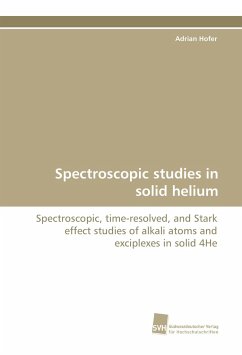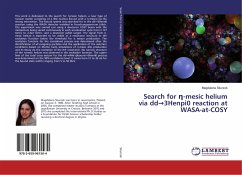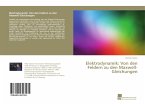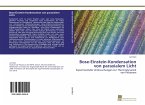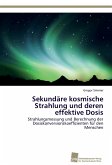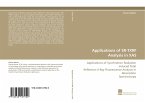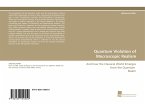First implantations of Ba and Cs atoms into solid He by means of laser ablation were done in 1993 at MPQ (Max Planck Institut für Quantenoptik). Solid He is very well suited for high precision spin physics. The implanted atoms diffuse only very slowly out of the investigation region (few hours) in contrast to superfluid He (less than one second). Atoms in solid He are mainly lost due to dimer and cluster formation. A constant number of foreign atoms can be obtained by applying pulses from the same Nd:YAG laser used for the ablation process, thereby destroying the clusters. Longitudinal spin relaxation times of 1 second for Cs in solid He and magnetic resonance linewidths of 2,kHz (two orders of magnitude smaller than in superfluid He) were measured. The lines were broadened by residual magnetic fields and later, linewidths of only 20,Hz were obtained after reduction of magnetic field inhomogeneities. Doped solid He is such a complex and unique system that it has led to many interesting discoveries, some of them are discussed in detail in this work.
Bitte wählen Sie Ihr Anliegen aus.
Rechnungen
Retourenschein anfordern
Bestellstatus
Storno

